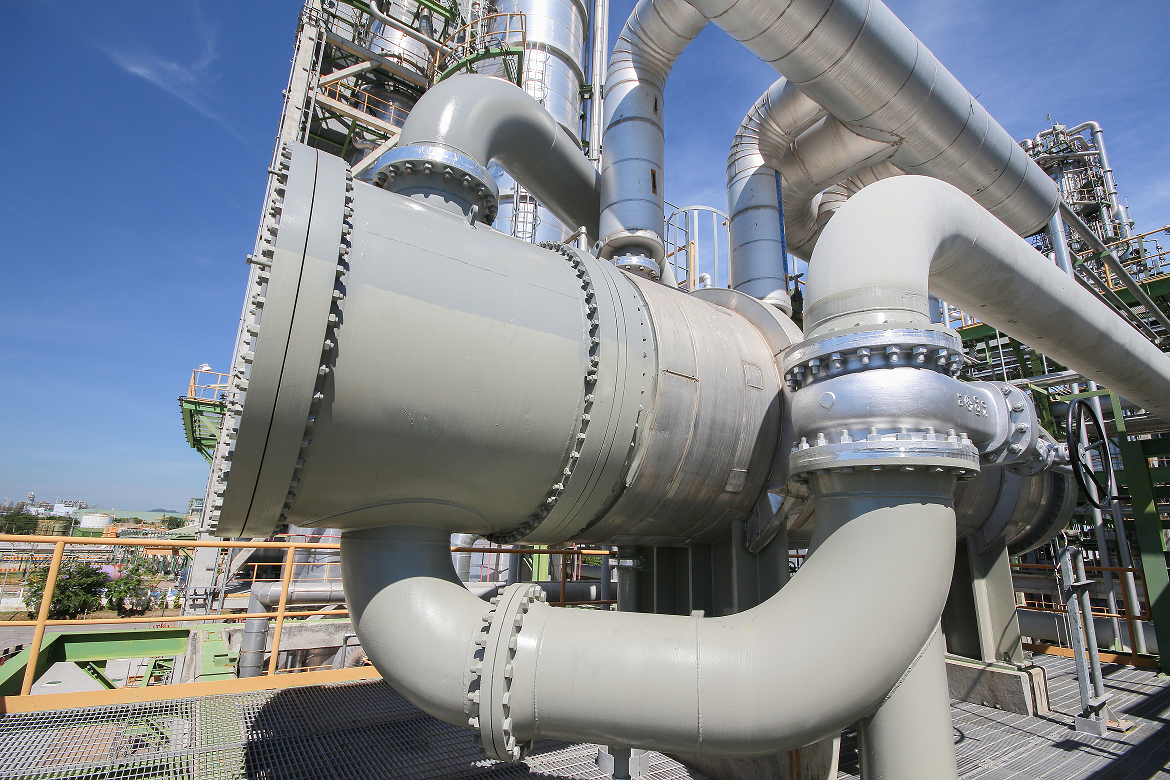How industrial heat exchangers work
This article provides information about the different types of heat exchangers and how industrial heat exchangers work
In order for the industry to function properly, Guest Post needs to think about many things, most notably a good temperature despite the size of the building and that the machines work correctly, consistently and without premature blockages. In some sectors it is necessary to install industrial heat exchangers, devices that allow the exchange of thermal energy between two liquids at different temperatures. These devices are used in large-scale industries where it is necessary to maintain a constant temperature in certain areas or to change the physical state of a liquid, for example from liquid to gas.
Depending on the industry, the appropriate model should be selected to ensure maximum process efficiency. Selection factors can include: equipment material, ease of use, tightness (when working with toxic liquids), maintenance costs (which can also be very high), reliability and safety. But how exactly do heat exchangers work and what are the most common models that can be found on the market?
What is a heat exchanger?
Not all industries require a heat exchanger, only those that need to perform specific production processes such as: pasteurization, sterilization, change of state such as crystallization, evaporation or condensation, or cooling or heating fluid flows. It can be concluded that these devices are irreplaceable in the food, chemical and petrochemical industries, where the production environment must be characterized by a high level of safety. The most popular industrial heat exchangers are plate, shell and tube or fin heat exchangers.
The choice depends on the type of machining to be performed, the dimensions of the industrial tool and the safety standards to be respected. A basic distinction must be made between water/air and air/air heat exchangers, as they differ in price, performance and use.
water to air heat exchanger
The water-air heat exchangers for industrial applications are able to cool/heat the environment in a very short time. In very large buildings they are used instead of air conditioners as they save a lot of energy and money. The industry usually chooses these heat exchangers when the air in the factories is oily or full of dust, as they prevent moisture from entering the switchboard. The water to air heat exchanger can only be installed when the temperature outside the system is higher than inside.
air/air heat exchanger
air to air heat exchangers for industrial applications are generally installed when the external system temperature is lower than the internal temperature. These units are ideal for systems or very small spaces as they have lower cooling capacity than water to air heat exchangers but also require less maintenance.
Different Types of Heat Exchangers
Different types of heat exchangers are available on the market, manufactured according to the needs with different solutions that can vary depending on the sector.
The simplest and most common heat exchanger is the double-tube heat exchanger, which consists of two concentric tubes of different diameters: the first fluid circulates in the smaller-diameter tube, while the second fluid circulates in an annular channel between the two tubes. There are two types of flow: cocurrent (when liquids move in the same direction) or counter current (when liquids move in opposite directions).
The tube and shell heat exchanger is the most used model in industrial applications. This type of exchanger is characteristic for the large number of tubes that make it up (there can be even hundreds of tubes) and a cylindrical shell that contains them.
The plate heat exchanger is made up of metal plates with holes that allow the fluids to pass through small ducts. Its peculiarity lies in the sides of the plate, which come into contact with hot and cold fluids alternately.



